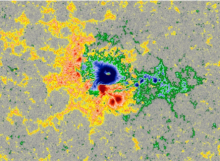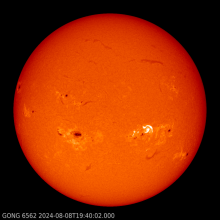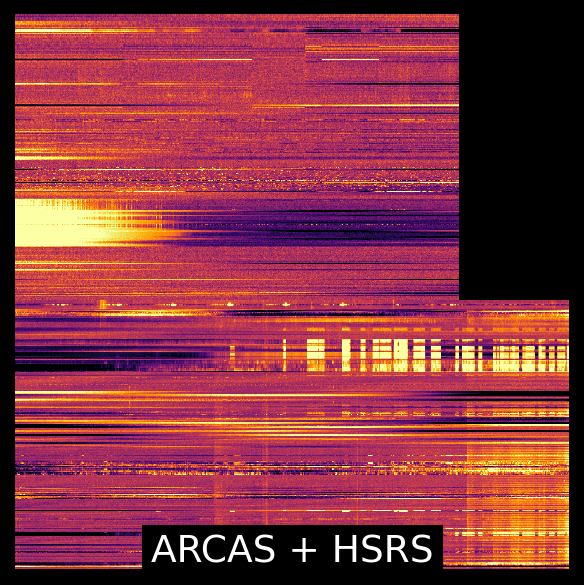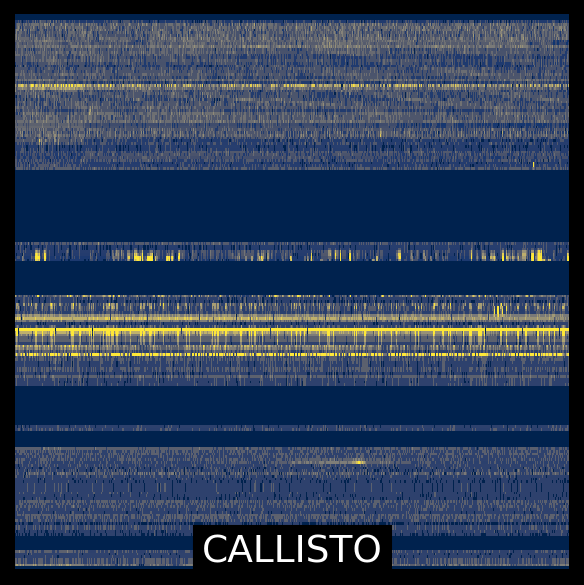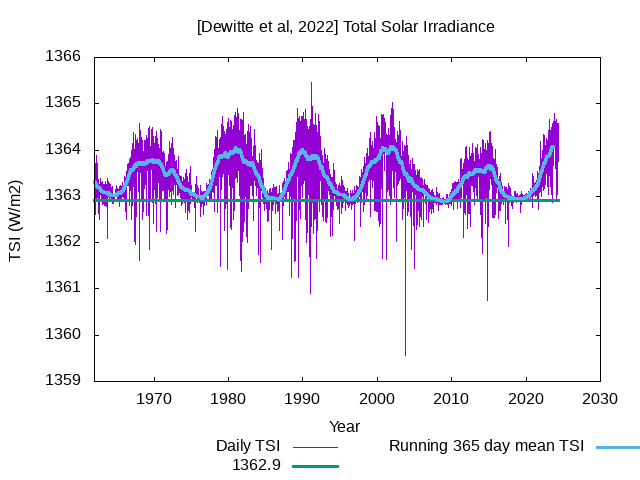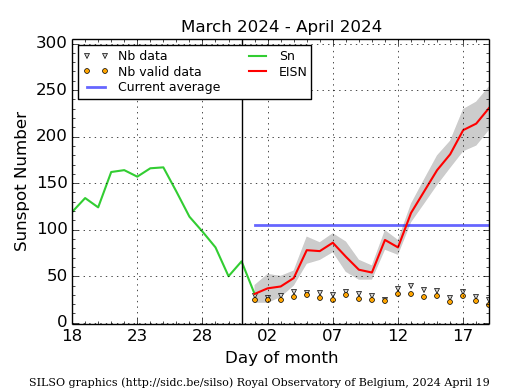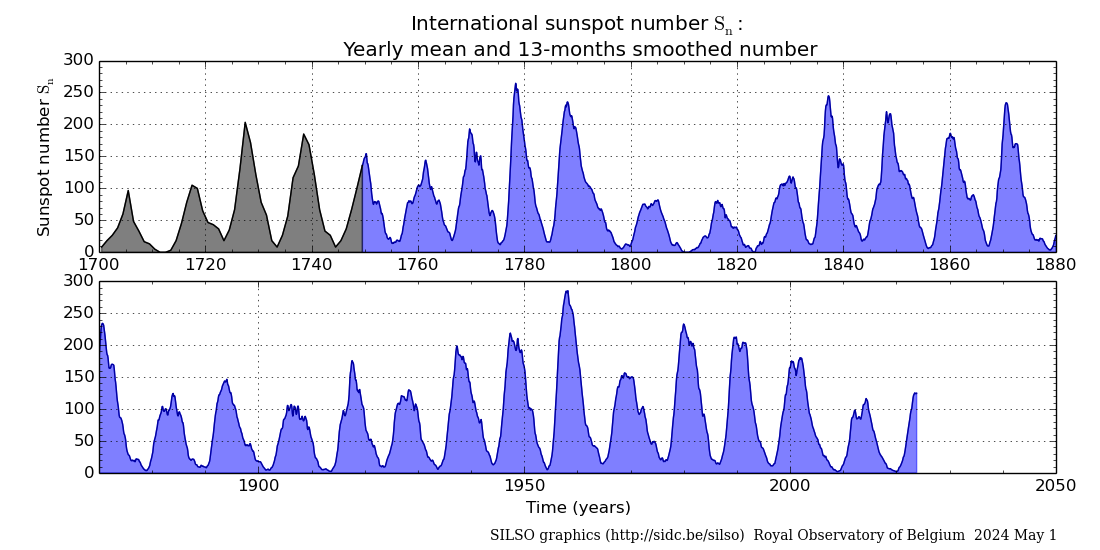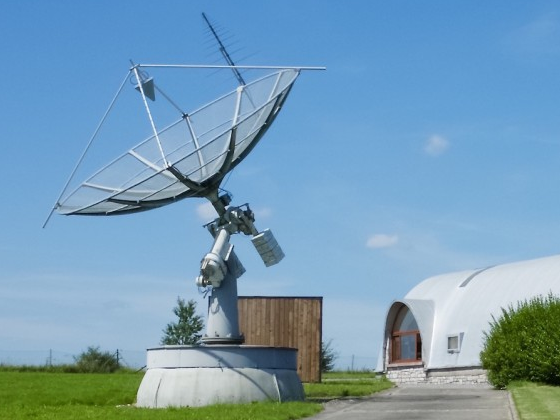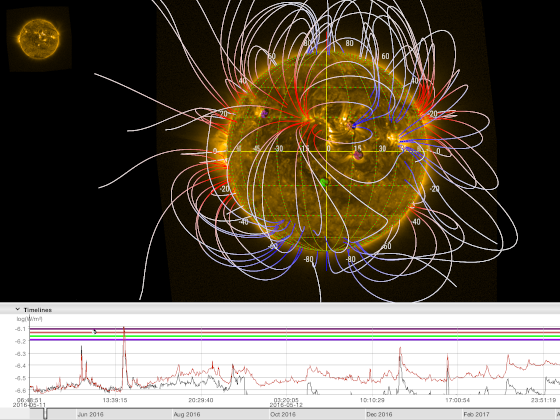Solar flaring activity was moderate over the past 24 hours. The largest flare was a M1.4-flare, with peak time 23:24 UTC on August 24 2024, from NOAA AR 3800 (beta-gamma). There are currently 9 numbered active regions on the visible disk, with NOAA AR 3796 (beta-gamma) and NOAA AR 3800 (beta-gamma) producing the M-class flares. The solar flaring activity is expected to be at moderate levels over the next 24 hours with C-class flares expected, M-class flares probable and a small chance of X-class flares.
No new Earth-directed Coronal Mass Ejections (CMEs) have been detected in the available coronagraph images.
The greater than 10 MeV proton flux remained below the 10 pfu threshold and is expected to remain so over the next days.
The greater than 2 MeV electron flux remained below the 1000 pfu alert threshold, and is expected to remain below the threshold during the next 24 hours. The 24h electron fluence was at normal levels and is expected to remain so.

